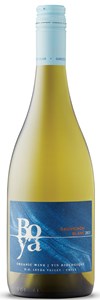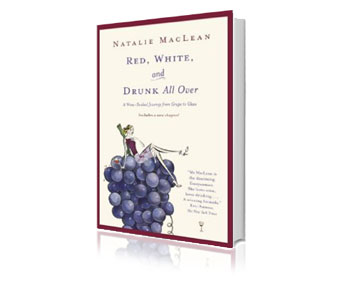BookCliff Vineyards

BookCliff Vineyards
3860 G Road
Palisade, Colorado
USA CO
Phone: (303) 449-9463
http://www.bookcliffvineyards.com/
Contact: John Garlich
Email: [email protected]
BookCliff Vineyards is located in "the Vinelands," a region east of Palisade, Colorado, where grapes were grown at the turn of the century. Situated just west of the DeBeque Canyon, across from the Colorado River and underneath the BookCliff escarpment, our vineyards benefit from evening winds that prevent frost and provide moderate growing temperatures. Our wine is 100% Colorado grown. We apply sustainable farming practices, and minimize the use (once in our six years of operation) of herbicides or pesticides are used.
The Vineyard
We own and manage 33 acres of vineyard consisting of Chardonnay, Viognier, Riesling, Muscat Blanc, Orange Muscat, Merlot, Cabernet Sauvignon, Cabernet Franc, Syrah and Black Muscat.
Our vineyard year starts in March with pruning the canes from the previous year's growth. We go through the vineyard and tie the canes to the fruiting wire, if needed. April is the month of planting. If we don’t plant new acreage, we replace the vines that are dead. In late April or early May, the regular rhythm of the growing season starts. This is also the time when the vines are showing leaves. We need to weed around the vines regularly, removing the weeds in row with a mechanical device called a grape hoe, which is attached to the tractor. Every 10 to 14 days, the vines need to be sprayed to prevent powdery mildew. We mainly use sulfur. Every four to six weeks, we water the vines. The vines bloom in early to mid-June. As the season progresses, we position the shoots on the trellis wire.
To control growth, we use the Smart Dyson system--half the canes grow up and half the canes grow down. To expose the grapes to the sun, we pull the leaves around the fruiting wire. In July, we walk through the vineyard and count the clusters on each vine to prepare an estimate of the crop. If necessary, we thin the grapes and/or the shoots to control the crop load. This keeps us busy through August when the vines turn color and we cover them with bird netting for protection. The bird netting isn't removed until harvest, which starts in the middle of September with the Chardonnay. In September, we take samples of grapes once or twice a week to evaluate for sugar, acid and PH to check for their ripeness. The last variety to be harvested is Cabernet Sauvignon, which we pick the second or third week of October. The vineyard year comes to a close with marking vines that did not survive the season and repairing our equipment.
Update Winery information Submit new wines to be posted Wineries of America
Although there aren't any wines associated with this winery, Natalie may have reviewed brands that this winery produces and she just didn't know to designate this winery in her tasting note. You can search here for specific brands.
 Best Books of the Year
Best Books of the Year Best Books of the Year
Best Books of the Year

















